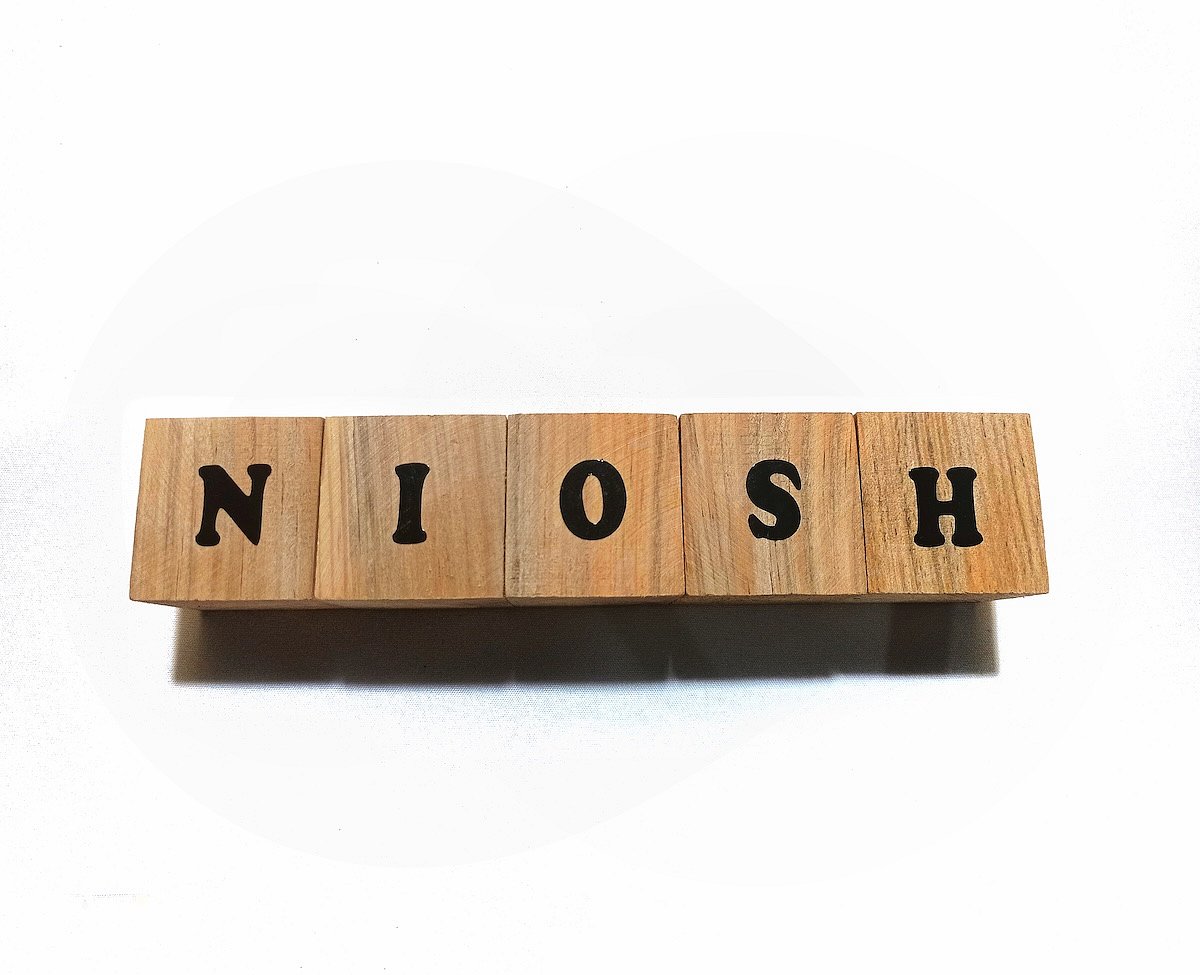Interleukin 11 (IL-11), a member of the IL-6 family of cytokines, has roles in haematopoiesis, inflammation, bone metabolism, and craniofacial development. IL-11 also has pathological roles in chronic inflammatory diseases, fibrosis, and cancer. In this structural snapshot, we explore our recently published cryo-EM structure of the human IL-11 signalling complex to understand the molecular mechanisms of complex formation and disease-associated mutations. IL-11 signals by binding to its cell surface receptors, the IL-11 receptor α subunit (IL-11Rα) and glycoprotein 130 (gp130), to form a hexameric signalling complex. We examine the locations within the complex of receptor sequence variants that are associated with craniosynostosis and craniosynostosis-like phenotypes and speculate on potential molecular mechanisms leading to defects in signalling function. While these causative amino acid sequence changes in IL-11Rα are generally distal to interfaces between components of the complex, important structural residues are highly represented, including proline residues, cysteine residues involved in disulfide bonds, and residues within or surrounding the tryptophan-arginine ladder. We also note the locations and potential effects of amino acid substitutions within the extracellular domains of gp130 that are associated with craniosynostosis. As focus on the physiological and pathological functions of IL-11 grows, the importance of high-resolution structural knowledge of IL-11 signalling to understand disease-associated mutations and to inform therapeutic strategies will only increase.
© 2024 Federation of European Biochemical Societies. This article has been contributed to by U.S. Government employees and their work is in the public domain in the USA.
















Create Post
Twitter/X Preview
Logout